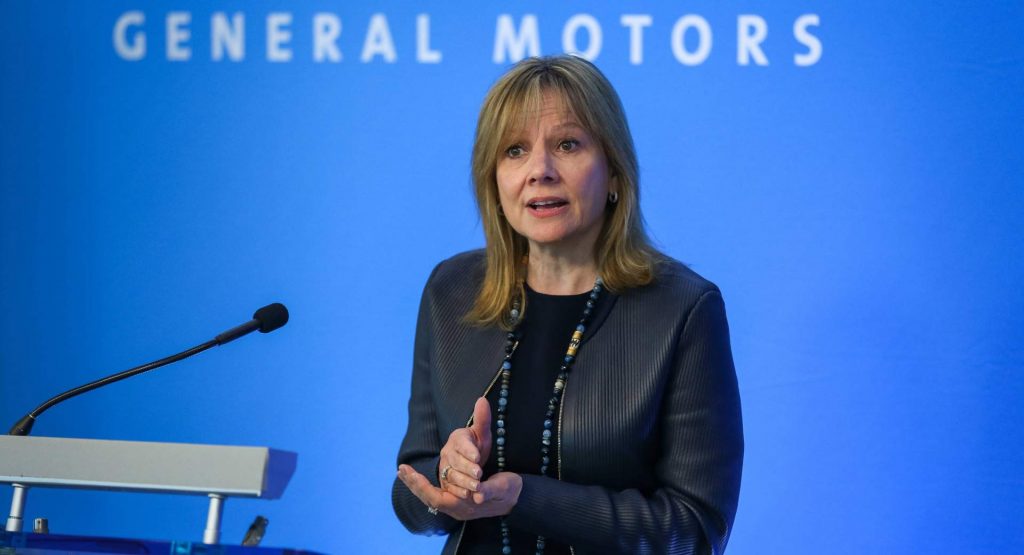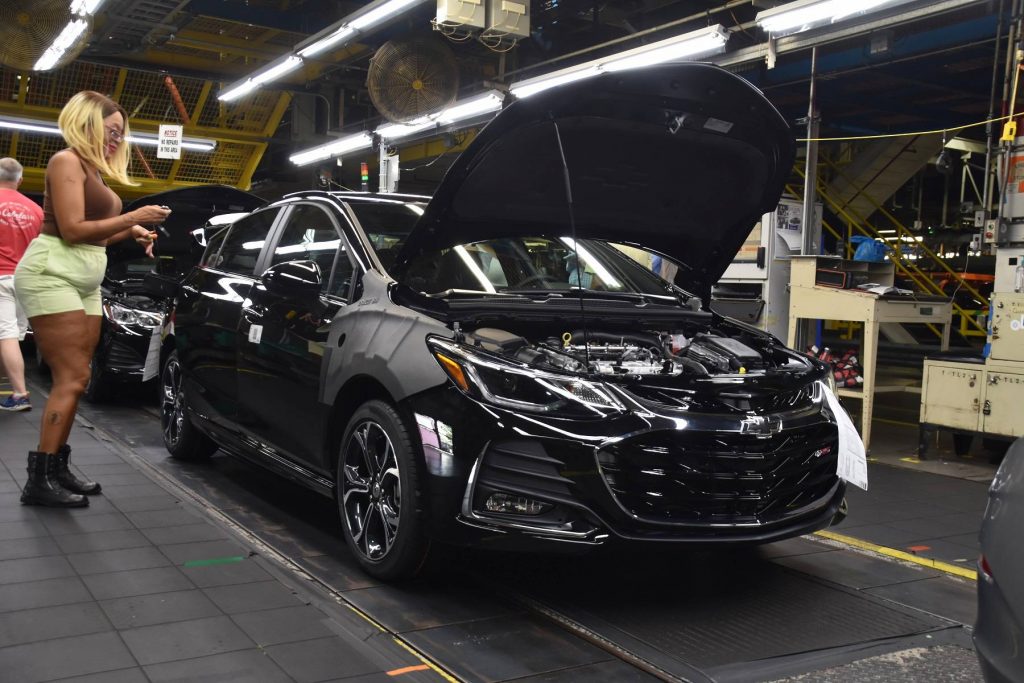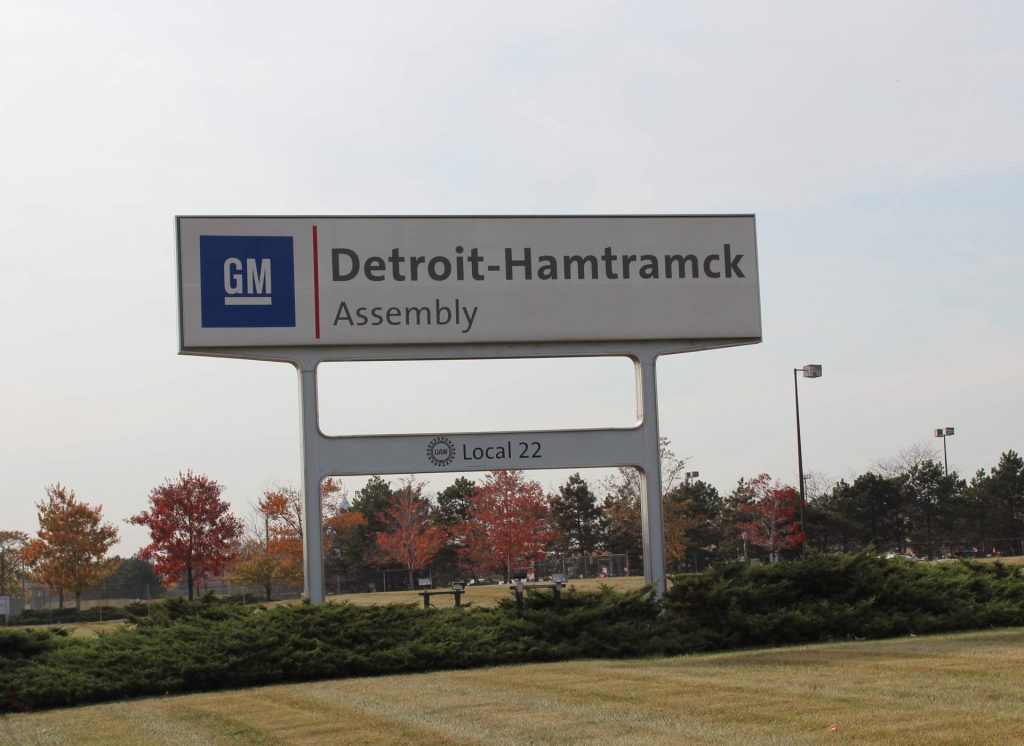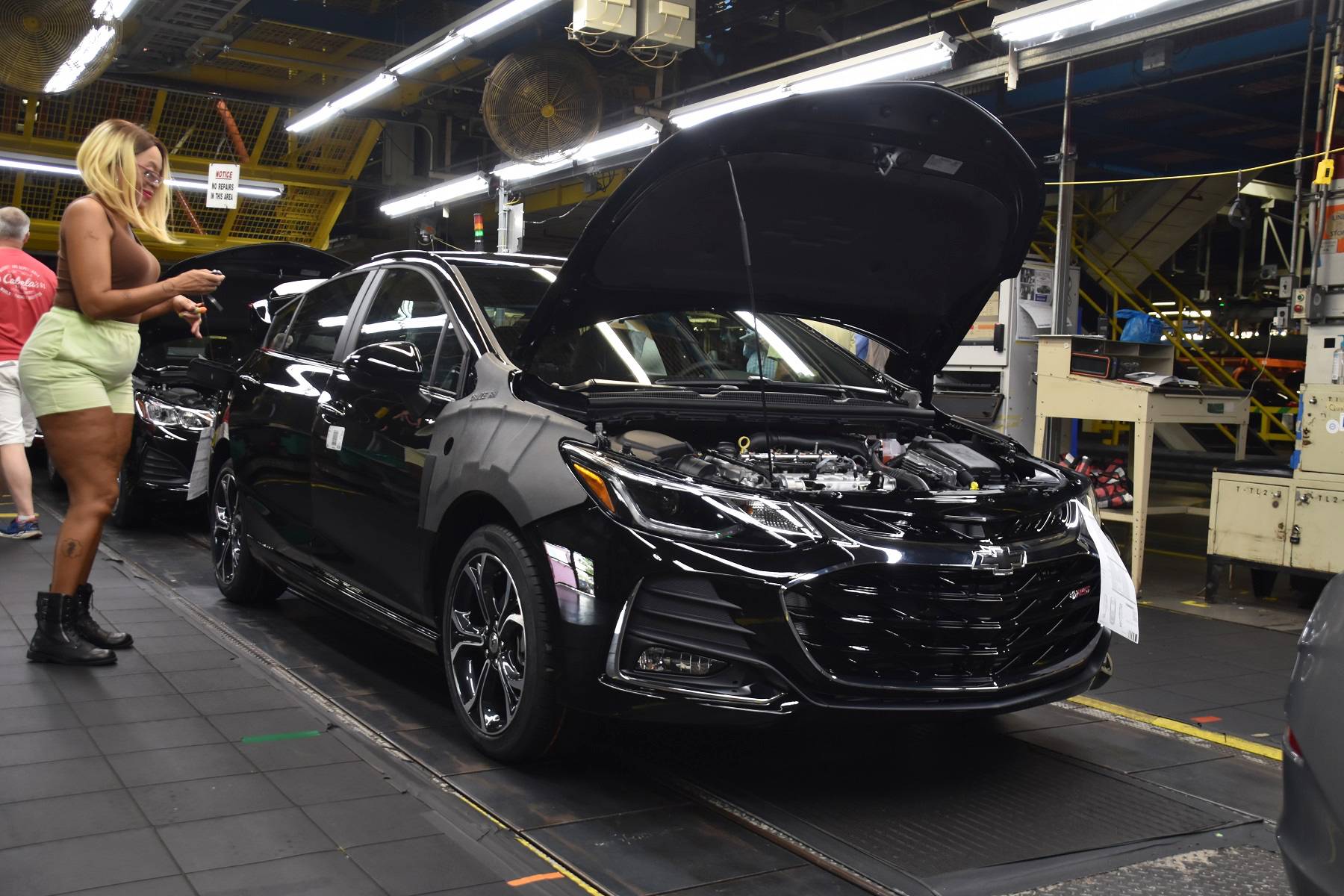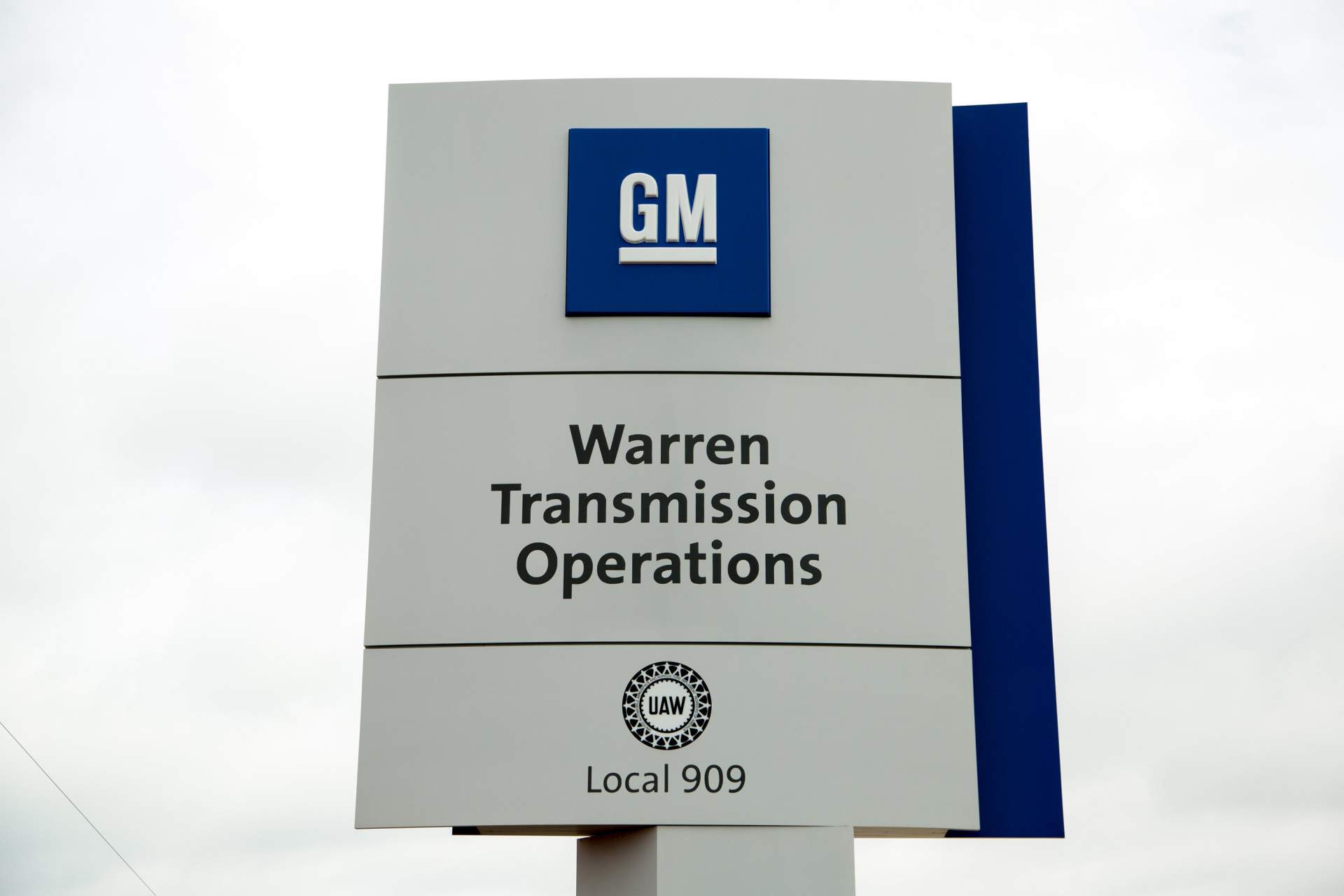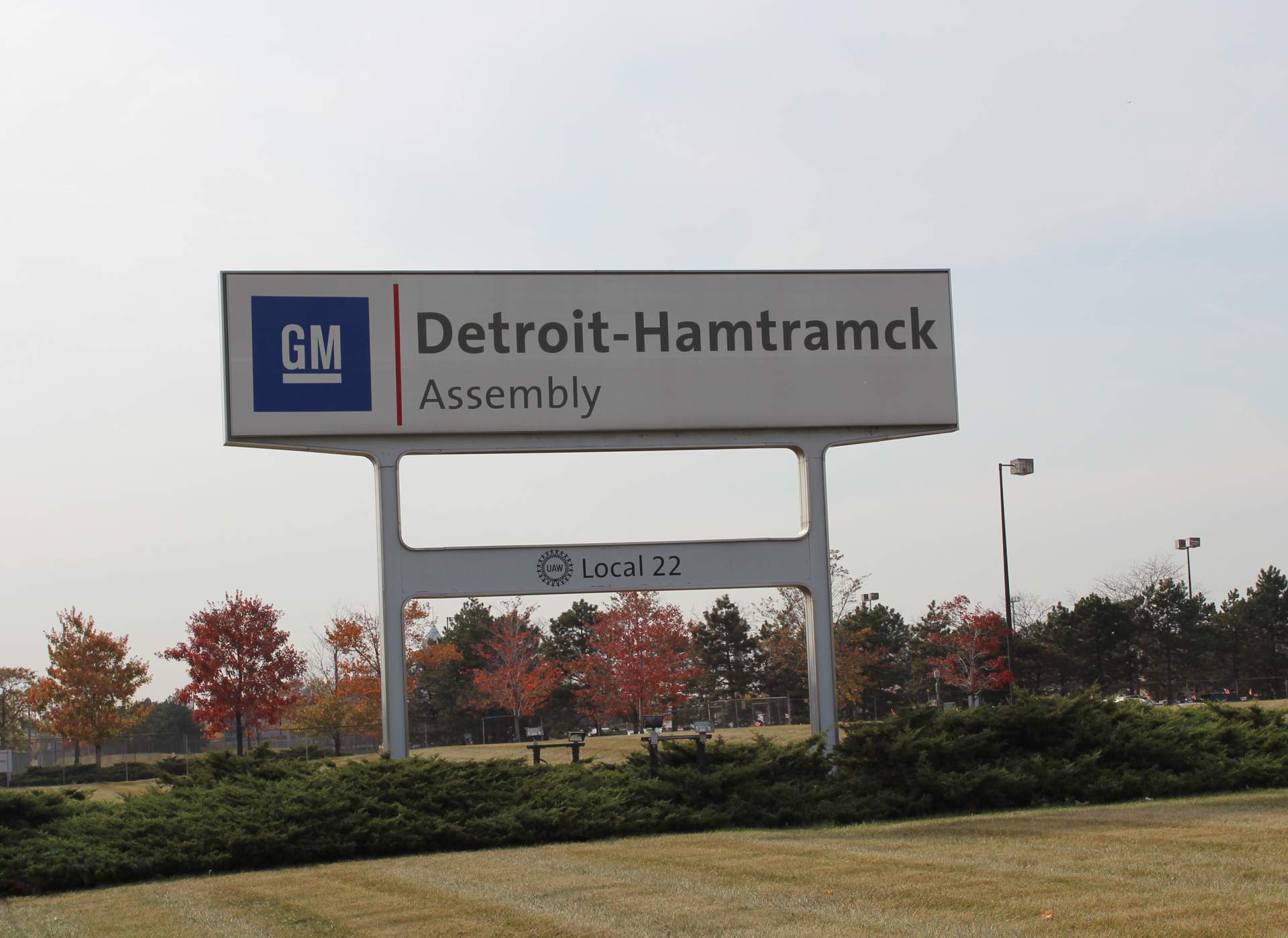Reports about GM’s plan to close the Oshawa plant in Ontario have proven to be true.
Unfortunately, the Canadian facility is not the only one that will become idle starting next year. Things are much worse in the United States, where the automaker has announced plans to stop production at four plants from 2019.
Those include two vehicle assembly facilities and two propulsion factories. GM says the Detroit-Hamtramck Assembly, Lordstown Assembly, Baltimore Operations, and Warren Transmission Operations “will be unallocated in 2019.”
Both U.S. car plants that will stop production currently build slow-selling sedans
In plain English, that means they will produce no vehicles or propulsion components next year and will be at risk of closure. GM says it will allocate future products to fewer plants next year amid “changing customer preferences in the U.S. and in response to market-related volume declines in cars.”
Both U.S. vehicle assembly plants scheduled to stop production next year currently build slow-selling passenger cars. The Detroit-Hamtramck Assembly produces the Buick LaCrosse, Cadillac CT6, Chevrolet Impala, and Chevrolet Volt. Lordstown Assembly builds the Chevrolet Cruze.
Besides the five plants in U.S. and Canada, GM said it would cease the operations of two more plants outside North America by the end of 2019. Those will add to the previously-announced closure of the Gunsan facility in South Korea.
These decisions are expected to lead to savings of approximately $6 billion by the end of 2020: $4.5 billion in cost reductions and $1.5 billion in lower capital expenditure.
GM will reduce salaried staff by 15 percent and executive staff by 25 percent
Closing the aforementioned plants is not all, though. Further measures to achieve this goal include a reduction of salaried workforce and the reorganization of the company’s global product development staffs. GM will reduce salaried and salaried contract staff by 15 percent and executive ranks by 25 percent.
“The actions we are taking today continue our transformation to be highly agile, resilient and profitable while giving us the flexibility to invest in the future,” said GM Chairman and CEO Mary Barra.
Resources allocated to EVs and autonomous vehicles will be doubled
More specifically, the automaker will double the resources allocated to electric and autonomous vehicle programs, optimize product portfolio by increasing component sharing, and integrate its vehicle and propulsion engineering teams. Furthermore, GM will compress its global product development campuses and expand the use of virtual tools to lower development time and costs.
By early next decade, the company expects more than 75 percent of its global sales will come from just five vehicle architectures.



